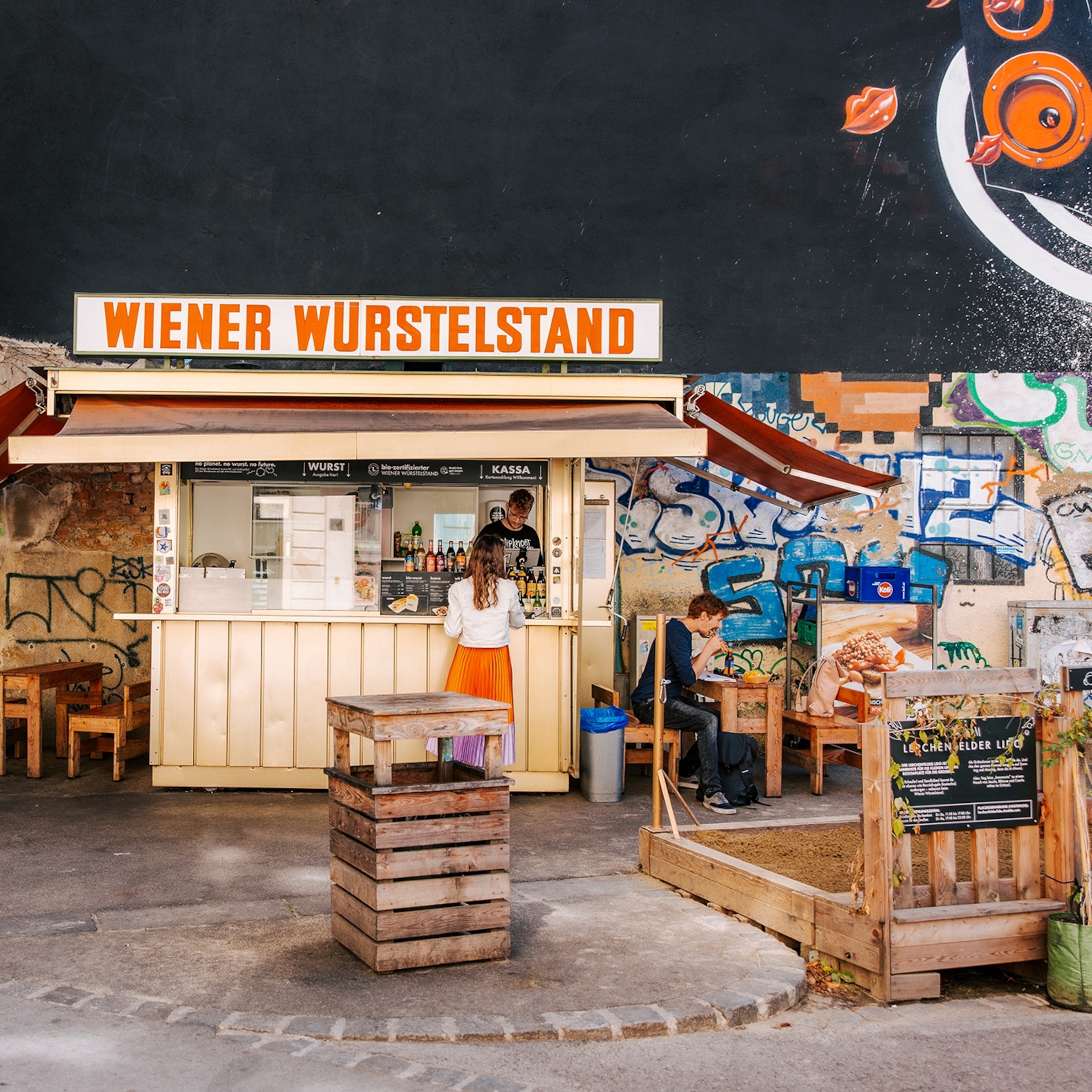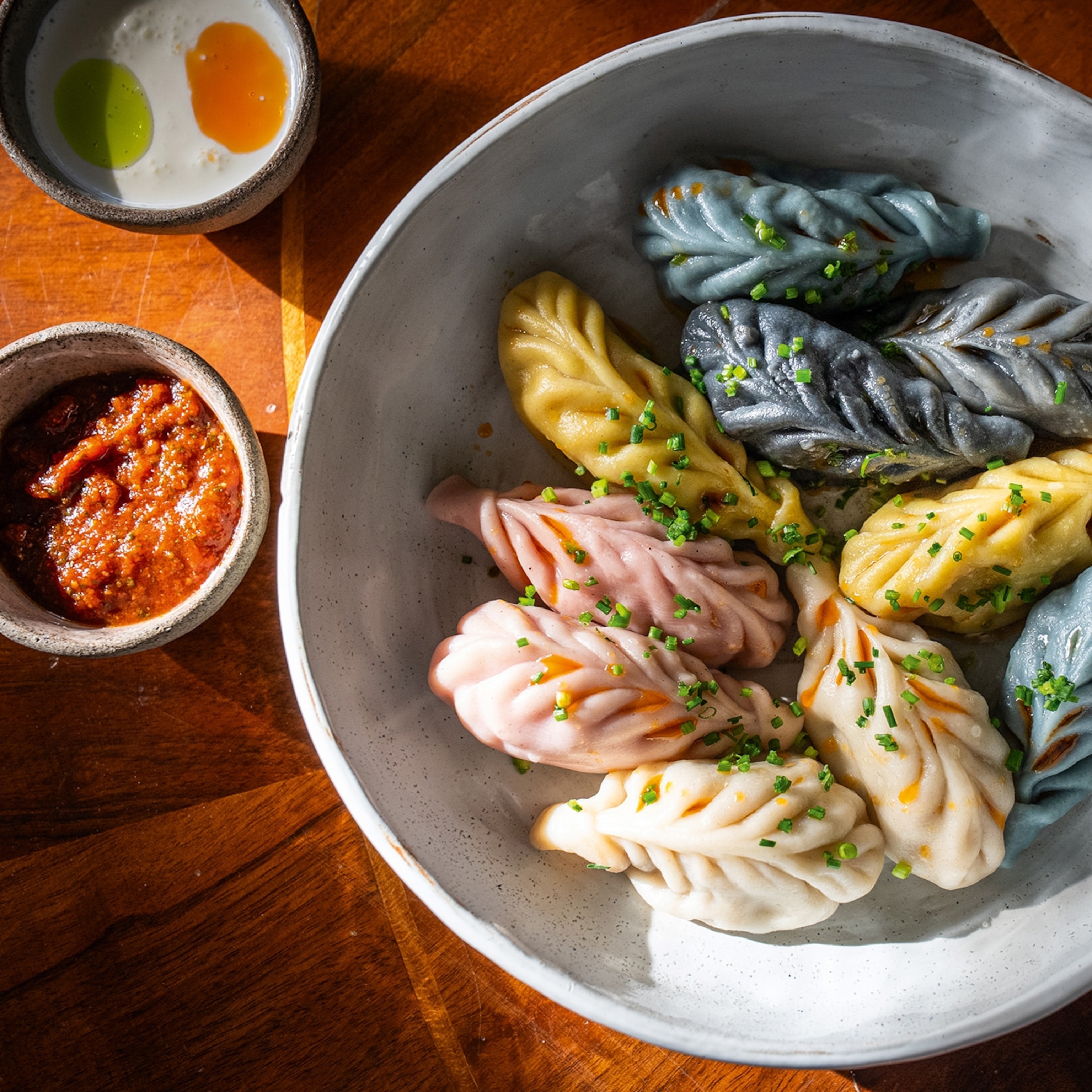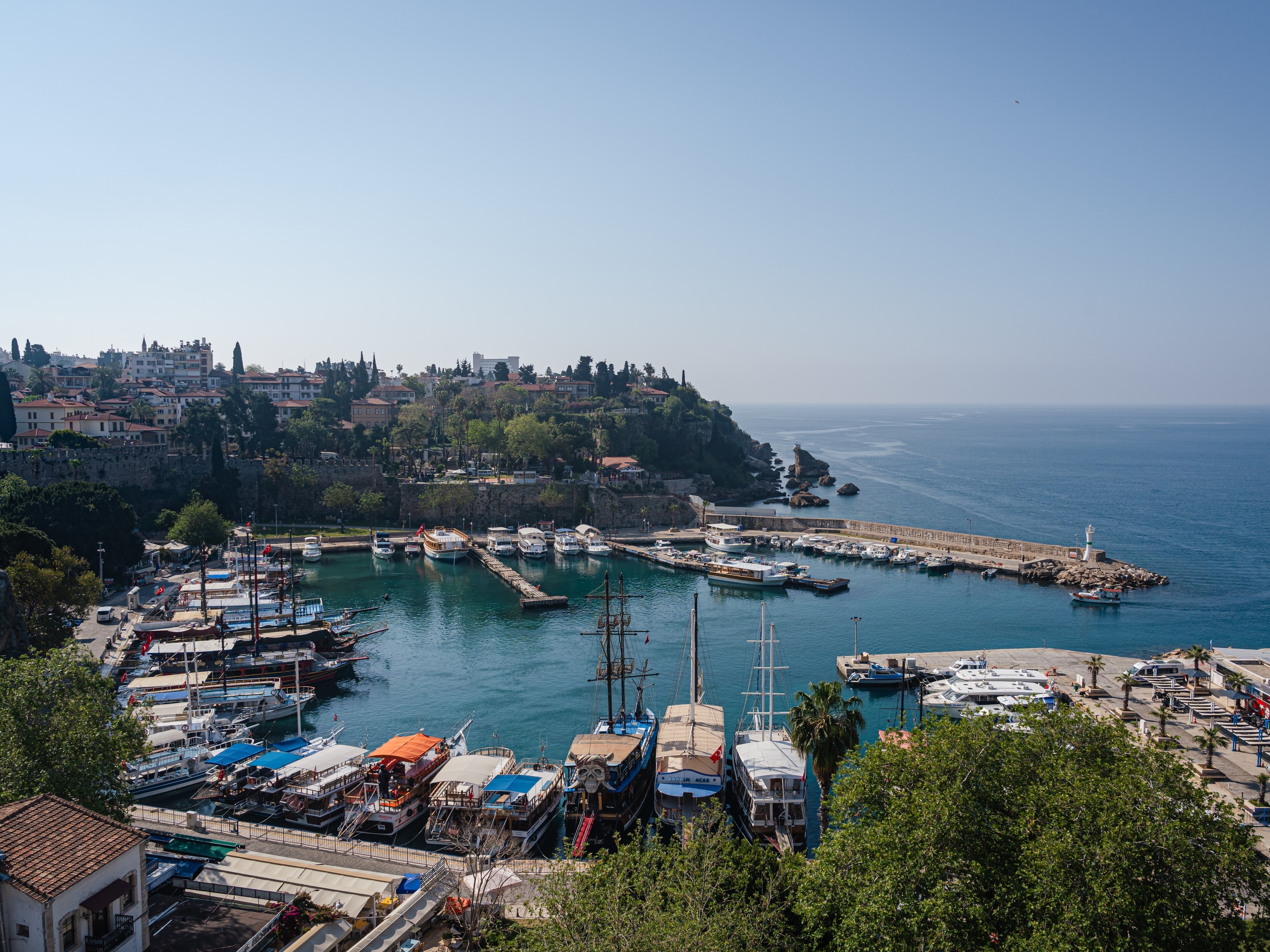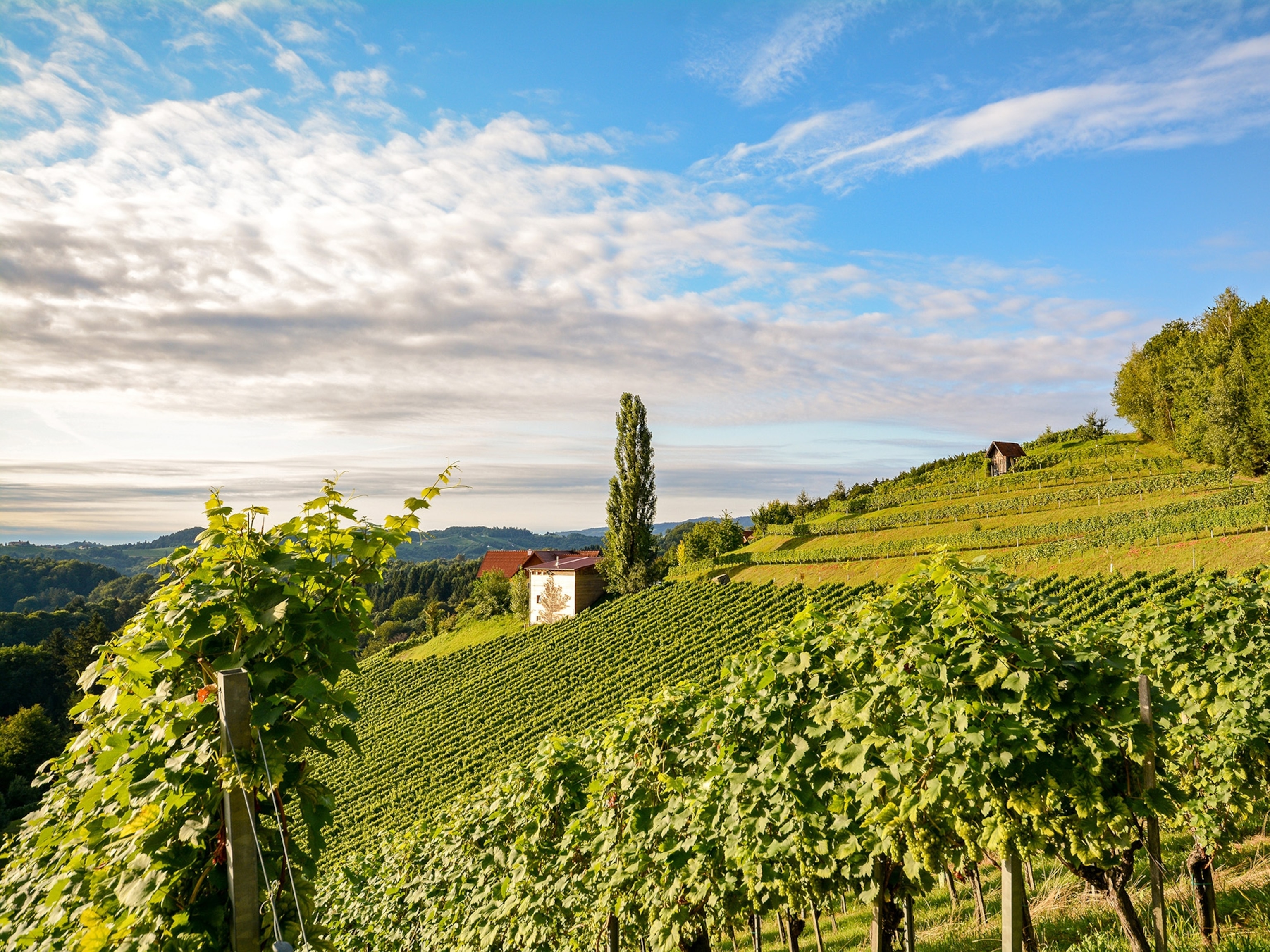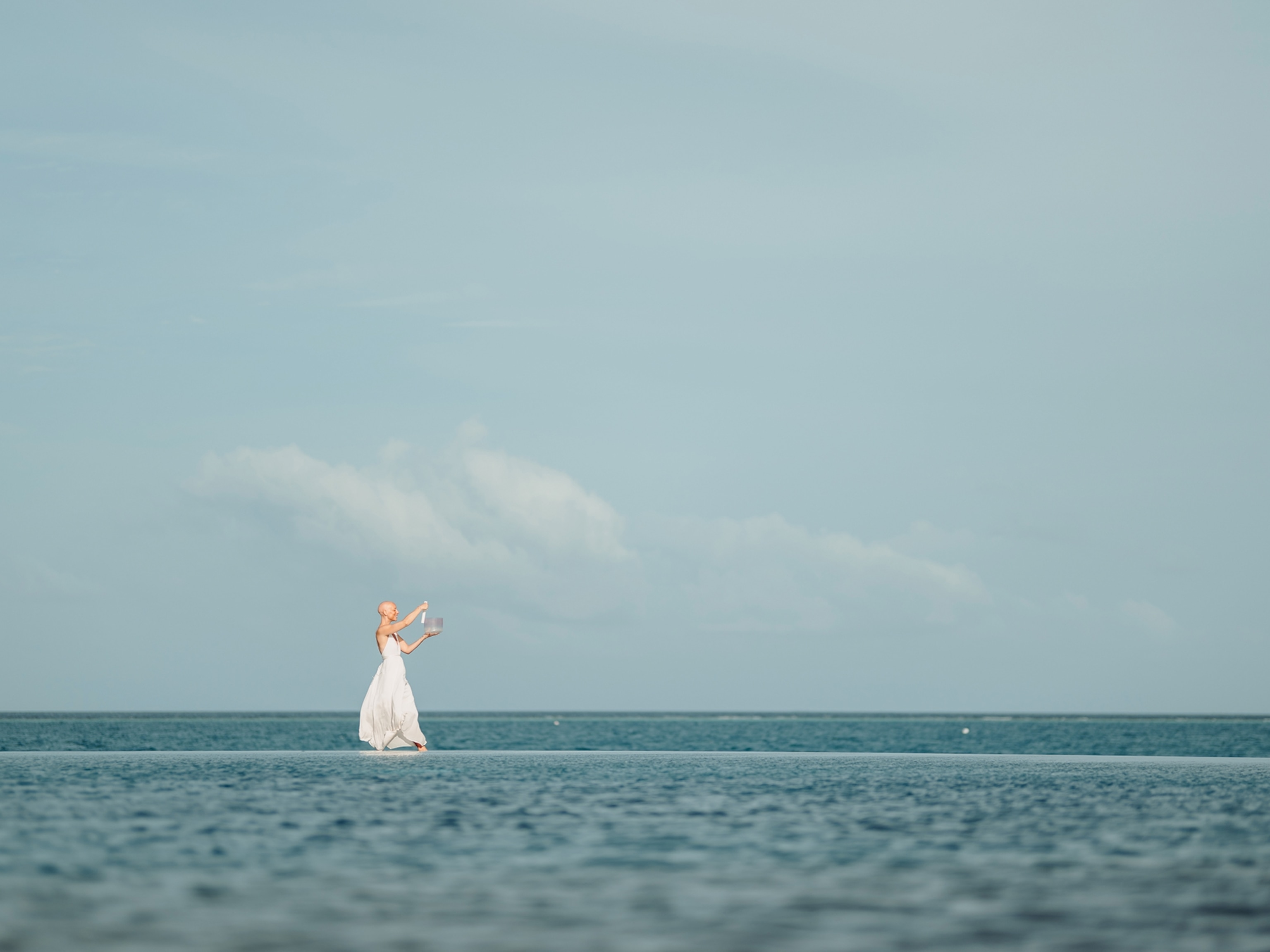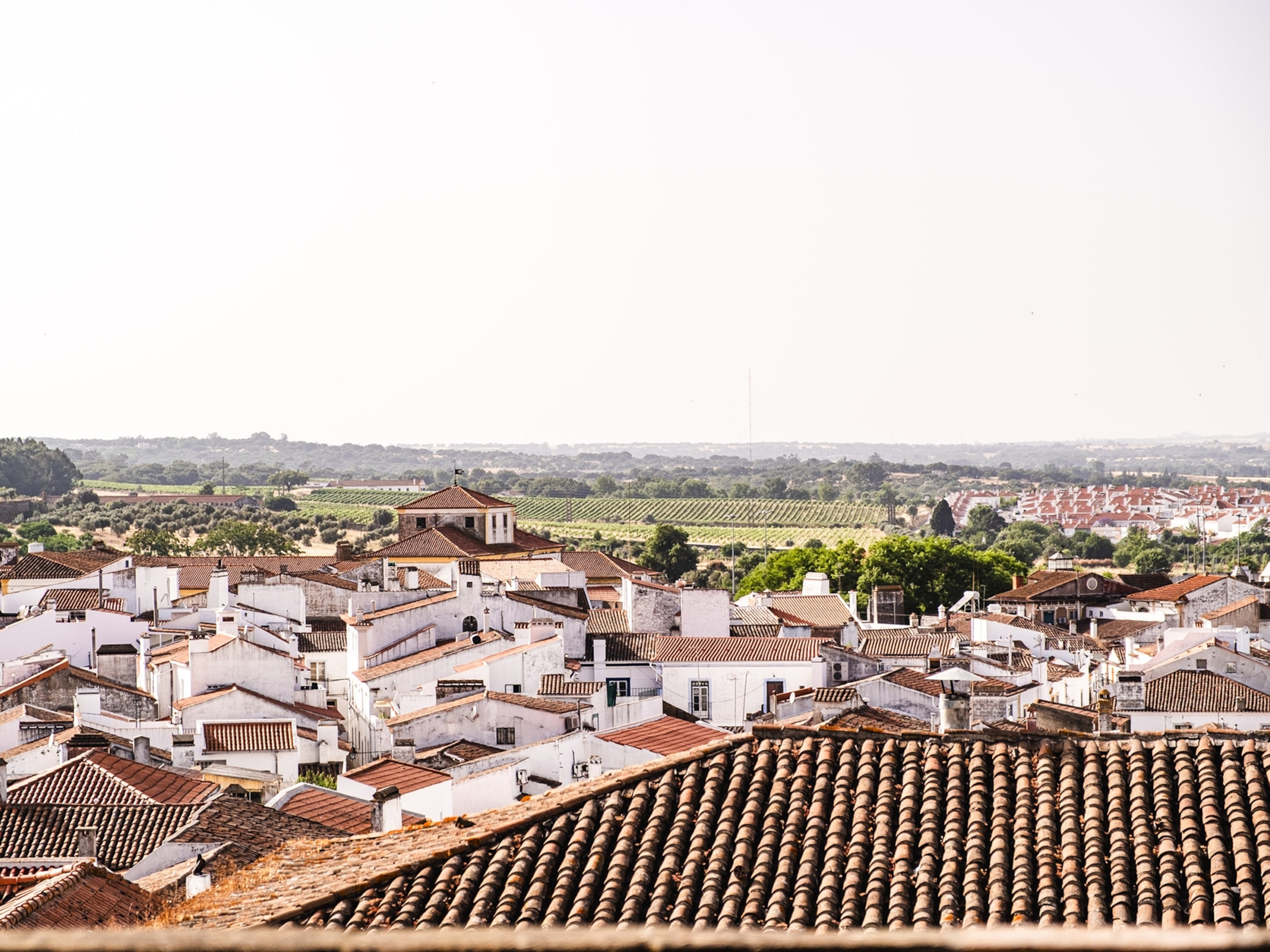
A culinary guide to Vienna, Austria
Traditional coffeehouse culture still thrives in Austria's capital but modern, worldly flavours are starting to steal the spotlight.
I can hear a thwacking, a sonorous thudding rhythm that puzzles me as I sit at my table in a restaurant in Vienna. It takes a few moments to tune into it, then I get to my feet and follow the beat. It transpired that the sound is a big plastic mallet hitting fillets of veal laid out on a marble counter in what turns out to be the echo of the first step in the making of Wiener schnitzel. This may be a city where some of the world's best operas and classical pieces were composed and performed, but one of the sweetest sounds to be heard in the Austrian capital is the tenderising of cutlets. This symphony ends in sizzling: the meat is drenched in flour, beaten egg and breadcrumbs before it's fried (here at Meissl & Schadn, you can choose to have your veal bubbled in butter, lard or oil).
(A Taste of Old World Europe: Wiener Schnitzel)
Vienna is the seat of the former Habsburg empire, once the home of Franz Joseph and the assassinated Ferdinand, of Mozart and Wagner, of Schiele and Klimt, of Sigmund Freud and Carl Jung; the place where dictators and despots such as Hitler, Stalin, Trotsky and Tito came to live in their formative years. With such a cluster of artists, intellectuals and fanatics who loved the sound of their own voice, a vibrant cafe culture — kaffeehauskultur — emerged in the last quarter of the 19th century. With this fin-de-siecle scene came the creation of some of the world's greatest and most famous cakes — Sachertorte, Mozart torte, zwetschkenfleck (plum cake) and more.
At Café Landtmann, Freud's favourite, I come for apfelstrudel (apple strudel), a whirlpool of pastry, baked apples, cinnamon, raisins and icing sugar, and mélange, the Viennese equivalent of a cappuccino. I glory in heritage-protected booths, inlaid walls, mirrors from the 1920s and customers reading the newspapers, I ogle at people done up to the nines, meeting for an afternoon catch up or a business chat. At Hotel Imperial, on the city's glittering Ringstrasse, Friederike Kozelsky-Schara introduces me to the exquisite Imperial torte, which was created to celebrate the hotel's opening in 1873. Made from crispy layers of ground almonds, wafers, whipped egg whites and sugar, this most regal of cakes is wrapped in marzipan and left for a few days before being covered with chocolate.
"The real details of the recipe are a secret," explains Kozelsky-Schara. "But I can tell you that a key element is keeping the marzipan soft so the cake doesn't dry out. And letting the cake rest before being glazed with chocolate. All of it's done by hand."
In Vienna, tradition is treasured. Tafelspitz, boiled cuts of beef, is hallowed (I find it a bit too like school dinners), so too are meaty consommés with dumplings. And the number of würstelständes (sausage kiosks) dotted across the city speaks of the adulation of Wieners. Chocolate shops are elaborate altars to cacao: I love Demel, crowded because of its beauty, all tiles, cornice, dark wood, mirrors and sweet things. Another old-school classic that wooed and wowed me was Zum Schwarzen Kameel, an art nouveau pearl that isn't just a restaurant, but a bar, delicatessen and patisserie. The sandwiches here — fingers of bread topped with hand-cut ham, spicy egg, herring with apple — are worth the pilgrimage alone. Perch at a high table with your plates and a glass of chilled Grüner Veltliner. Be aware that smoking is allowed in a section here, as it is in the gorgeous American Bar, known locally as Loos Bar, a tiny gem of modernism designed by Adolf Loos as a kick against the baroque, gothic and renaissance architecture studding the necklace that's Ringstrasse (ring road).
The past is everywhere in Vienna, but its gastronomy isn't stuck there. At Konstantin Filippou, on the outer edge of the first district, the cooking is modern with a focus on texture — the contrast between softness and crunch. I have a starter of Norwegian langoustine, veal tongue, cochayuyo (Chilean seaweed) and citrus, and realise how essential crunch is to Filippou's cooking.
The Michelin-starred chef tells me: "My cooking reflects my multicultural background [his father's Greek] and allows for a unique approach to food from both of my worlds. Vienna is the perfect city to showcase these worlds. It's vibrant and open, modern yet careful about tradition. Apple strudel and schnitzel can live happily together with modern cuisine. Vienna is — and always has been — a melting pot of old and new, of local ingredients and international views on things. More and more international guests have Vienna not only on their visiting wishlist, but also on their gourmet wishlist."
This culinary modernity is epitomised at Tian, a Michelin-starred vegetarian eatery. Plate after plate brings extraordinary tastes, some with unexpected intensity, a high hit of umami or subtle simplicity. Beluga lentils are cooked in Austrian black mustard and birch water, and dotted with fermented onion and sea buckthorn pearls, all of it adorned with small branches made from lentils and onion sugar. Chef Paul Ivic says that in Austria vegetables are usually boring, but they certainly aren't here.
In a converted town house and stables, I meet Johannes Lingenhel, the producer of Vienna's only fresh cheese. With a gourmet shop stocking a range of 200 cheeses, he makes his own small batches in a dairy out the back, some of it from the milk of his own water buffalos. "We're producing a very simple fresh cheese," he says with a smile on his face. "I love to make cheese. It's one of the most amazing things. We do it all by hand and it's all about smelling, tasting and watching." I taste the oozy, lush Camembert — 50% buffalo milk and 50% goat's — but my favourite is the goat's cheese; fresh, with notes of greens that change according to the season: it's served with burnt chicory and braised pear. This is the kind of cheese I'd walk miles for, simply made from milk and rennet.
Out in the 10th district, I meet a man dubbed 'the vinegar pope', who many say makes the world's best vinegar. Erwin Gegenbauer is flamboyant, gregarious and brilliant. He pipettes drops of his vinegars onto the pad of my finger and each little lick is a revelation: asparagus, raspberry, apple balsamic, cucumber, tomato, black quince.
"My vinegars are a definition of flavour; they're there to support a flavour. They're not for souring dishes, they're for emphasising what's already there," he explains. "With our asparagus vinegar, I take white asparagus, press it, ferment it to get asparagus wine, then on the second fermentation it becomes asparagus vinegar. Here, I'm interested in only one flavour — asparagus."
On the roof of the building that houses his factory, creative workshops, vinegar ageing cellars, family home and guesthouse, Gegenbauer keeps the barrels that store his apple balsamic vinegar, which grows in depth for five years on the roof — his bees feed on the sugars that seep through the wood.
"My chickens eat the husks of the raspberry seeds I use for my vinegar and oil. You can taste it in their eggs. I love circles," he tells me. Gegenbauer, his wonderful vinegars and his magic circles, makes an apt end to my visit to a city with a jewelled ring running round it.
A taste of Vienna
Lugeck
Austrian cuisine in a 14th-century building: the restaurant's own sourdough is served with goose lard, caramelised sweet butter or pumpkin spread. Alongside changing seasonal dishes you'll find stalwarts: consommé with dumplings, Wiener Schnitzel with a potato salad, and glazed veal liver with mashed potatoes. There's a great selection of Austrian wines (pictured above) and craft beers.
How much: Three-courses from around £18 per person.
Tian
Tian in Chinese means nature and heaven; it's also a layered vegetable dish and the place chef Paul Ivic comes from in the Tyrol. We tried a stunning starter of romaine lettuce and radish, a tea made from mushrooms and leaves of artichokes and salsify, served with pickled chestnuts and sloe berry jus.
How much: An eight-course menu is around £115 per person.
Konstantin Filippou
Bringing his Greek heritage and wealth of experience, Filippou uses the pick of the Austrian larder. "A city doesn't only need someone who keeps the fire burning, but also people who make it move on," he says, and this is reflected in his menu. There's unagi eel with suckling calf, mustard and fennel, brandade of cod with Grüll caviar and the chef's special, quail 'Morocco'.
How much: A two-course lunch is around £26 per person and a six-course dinner is around £110 per person.
Five foodie finds
Cake
Vienna is a capital of cakes: Sachertorte, Imperial torte, apple strudel, and dozens of other creations, are displayed like jewels in glass cases in shops and coffeehouses throughout the city.
Wine
Vienna is the only capital in the world with vineyards within its city limits — and they can be reached by taking public transport. Try Grüner Veltliner, Riesling or Zweigelt.
Wiener schnitzel
Protected by law, this must be made with veal that's tenderised then fried in breadcrumbs. It's usually served with potato salad and sometimes lingonberry jelly.
Sausage (wiener)
Stands sell all kinds of sausages, served many different ways including kasekreiner (cheese sausage) or a traditional wiener in a roll with fried onions. At Albertinaplatz, stands also sell glasses of champagne because it's next to the State Opera.
Naschmarkt
This food market features stalls from local producers, as well as shops and restaurants. Tiny Urbanek is a great spot for a platter of meats and cheese, all washed down with a chilled sekt (sparkling wine).
Essentials
Rooms at the Grand Ferdinand cost from around £180 per night without breakfast.
British Airways flies to Vienna from Heathrow and Gatwick from £78 return. vienna.info
Published in the March 2018 issue of National Geographic Traveller (UK)
Follow us on social media
Twitter | Facebook | Instagram
